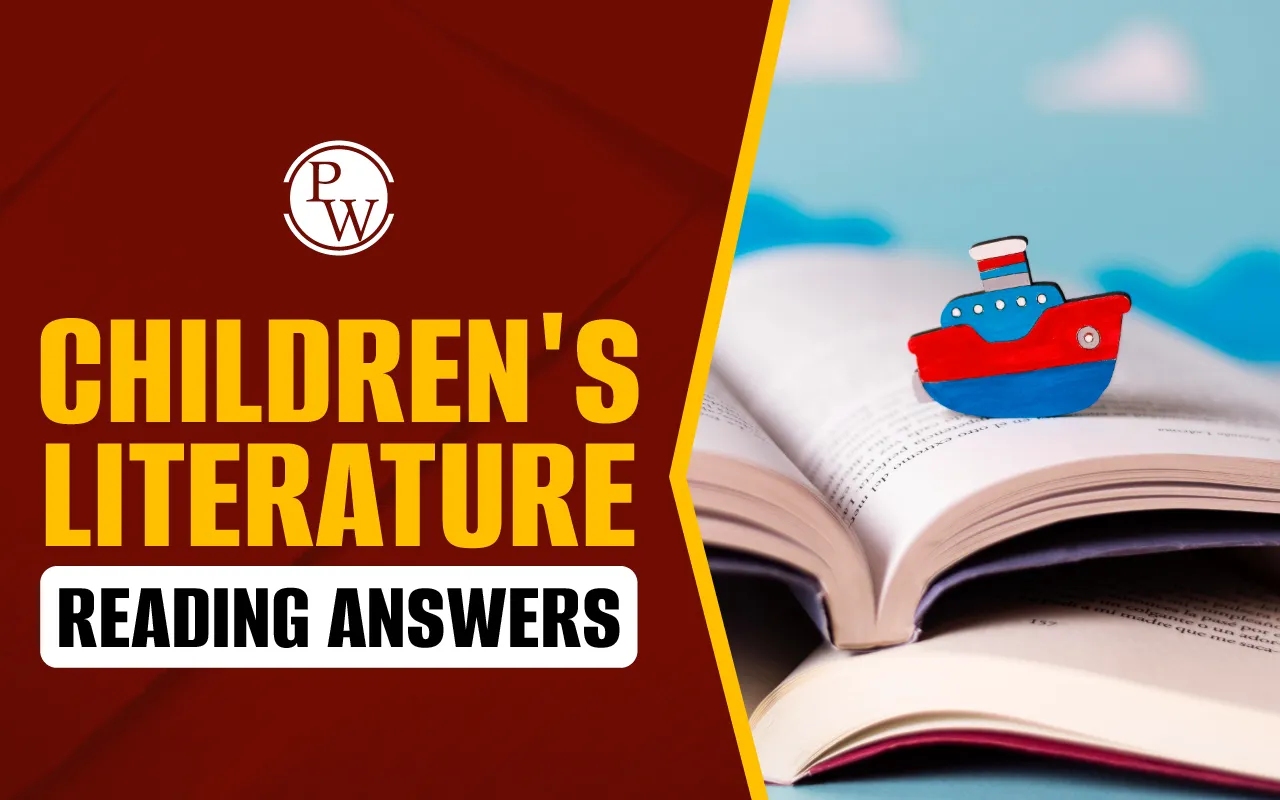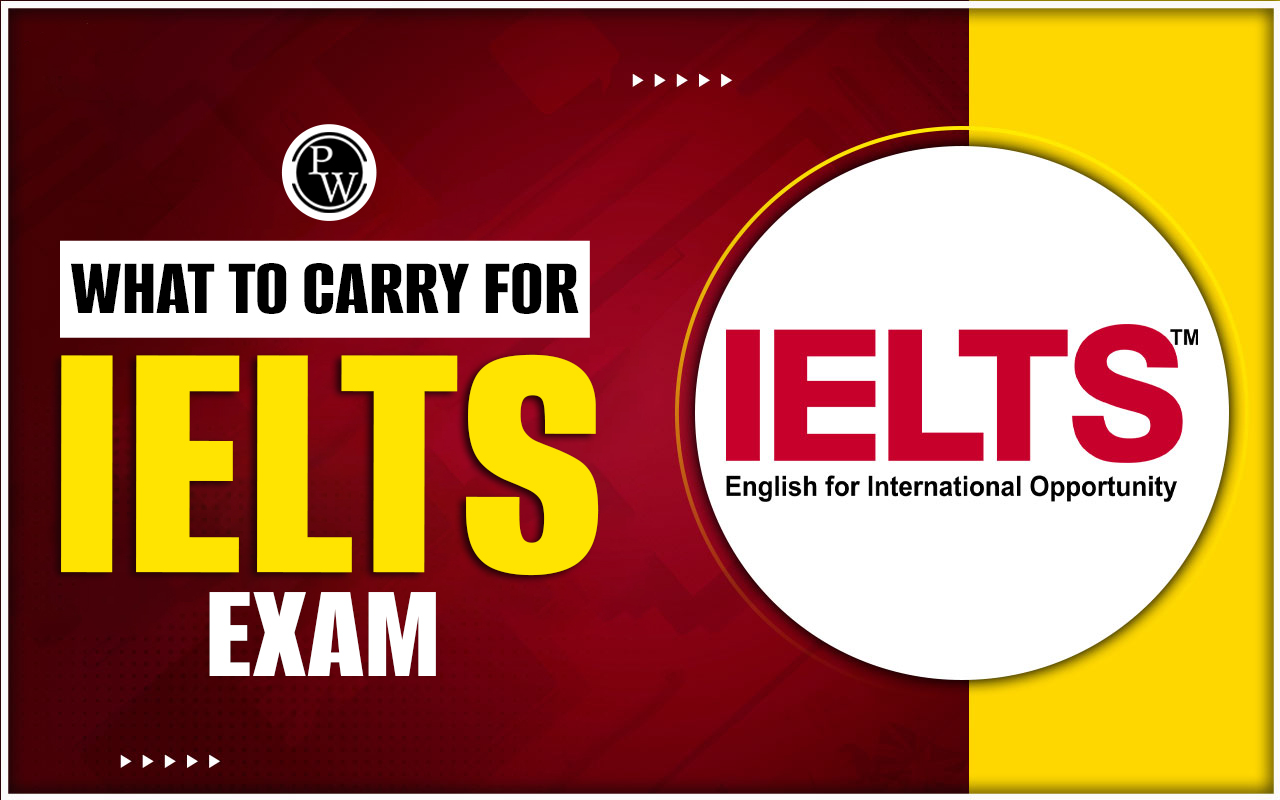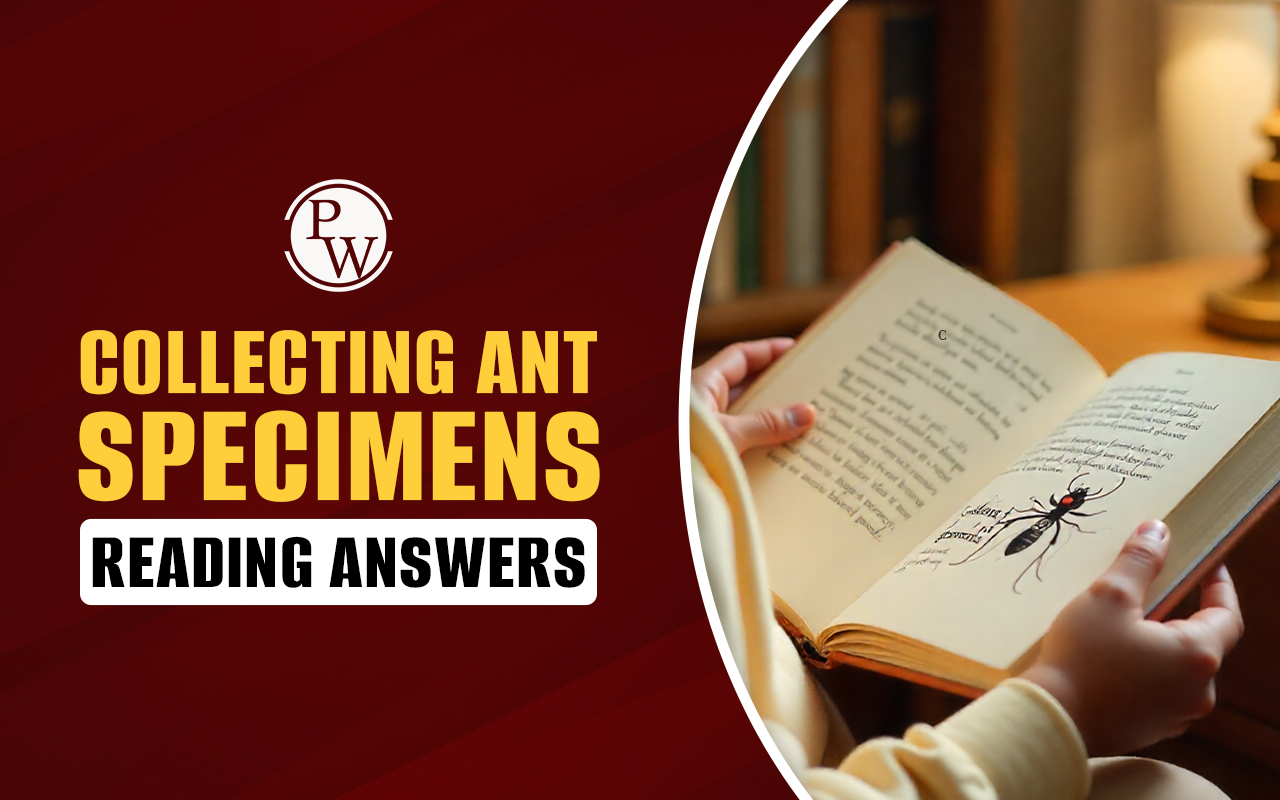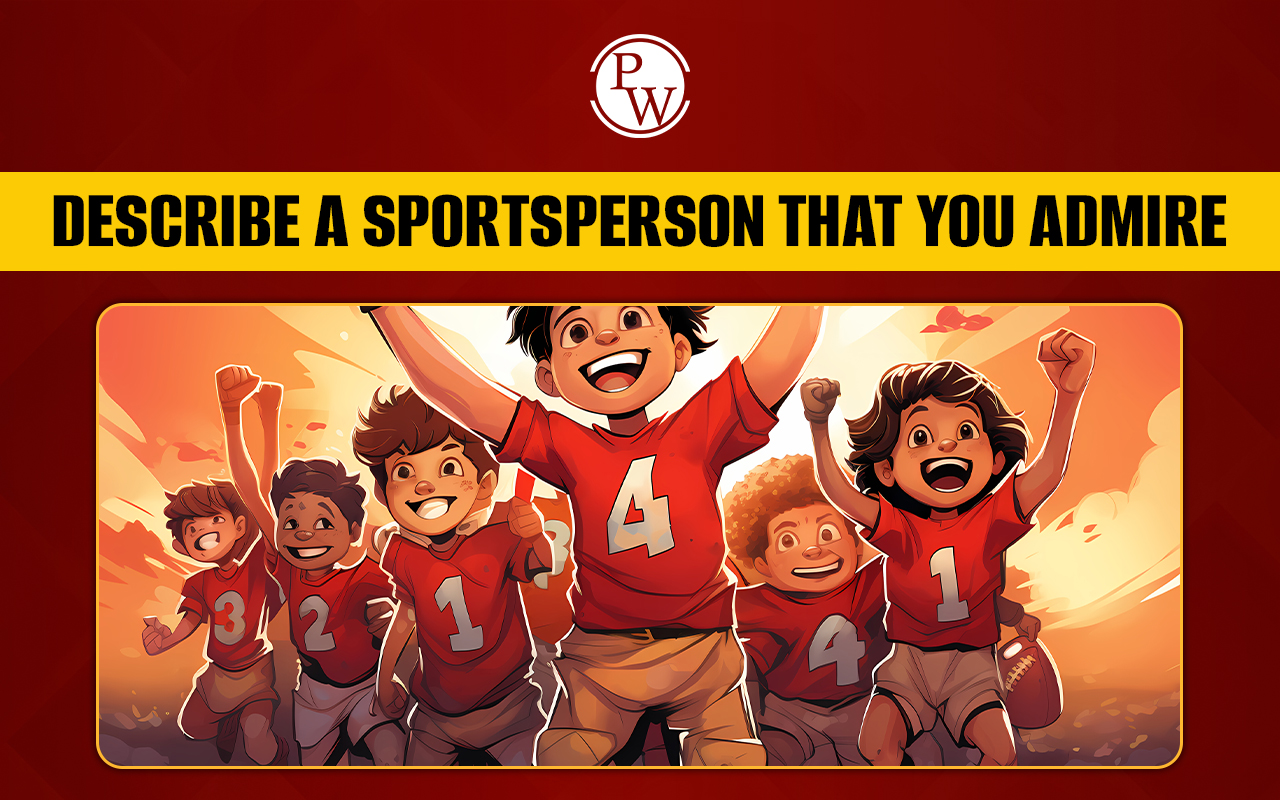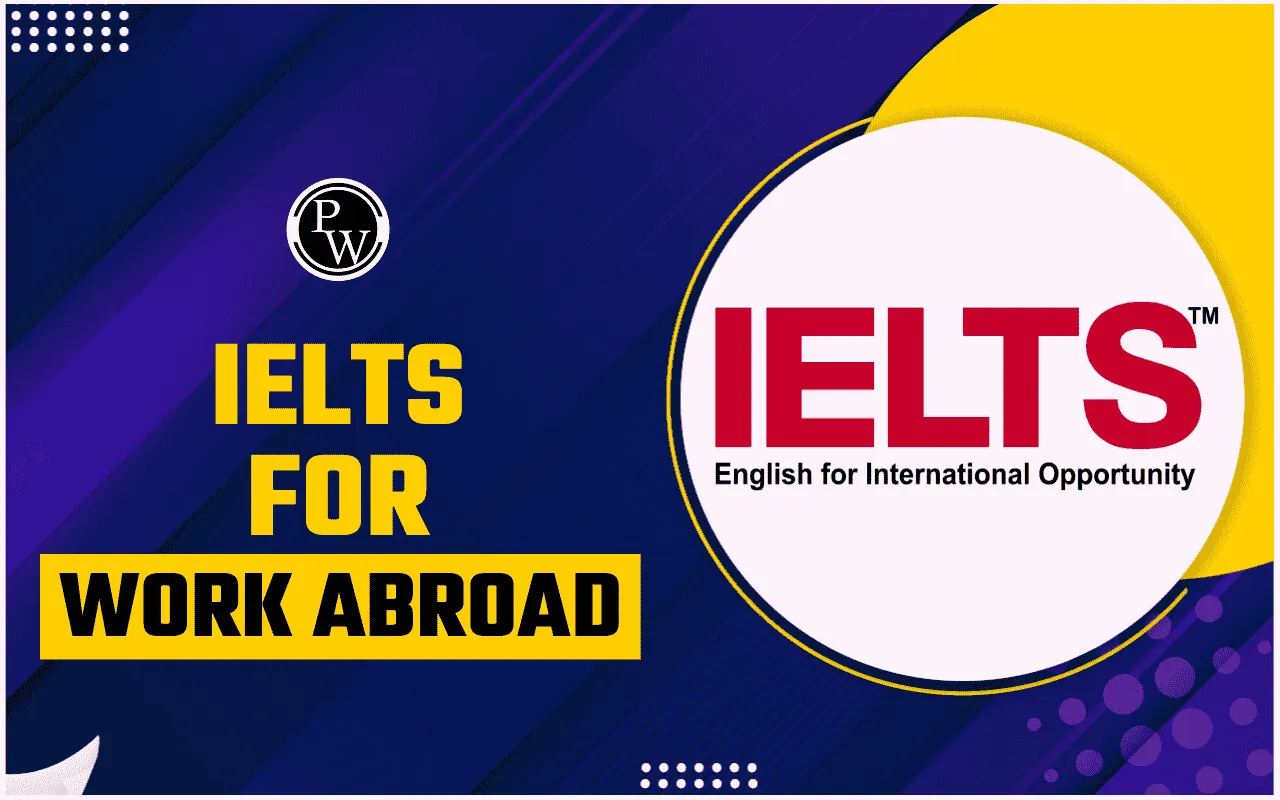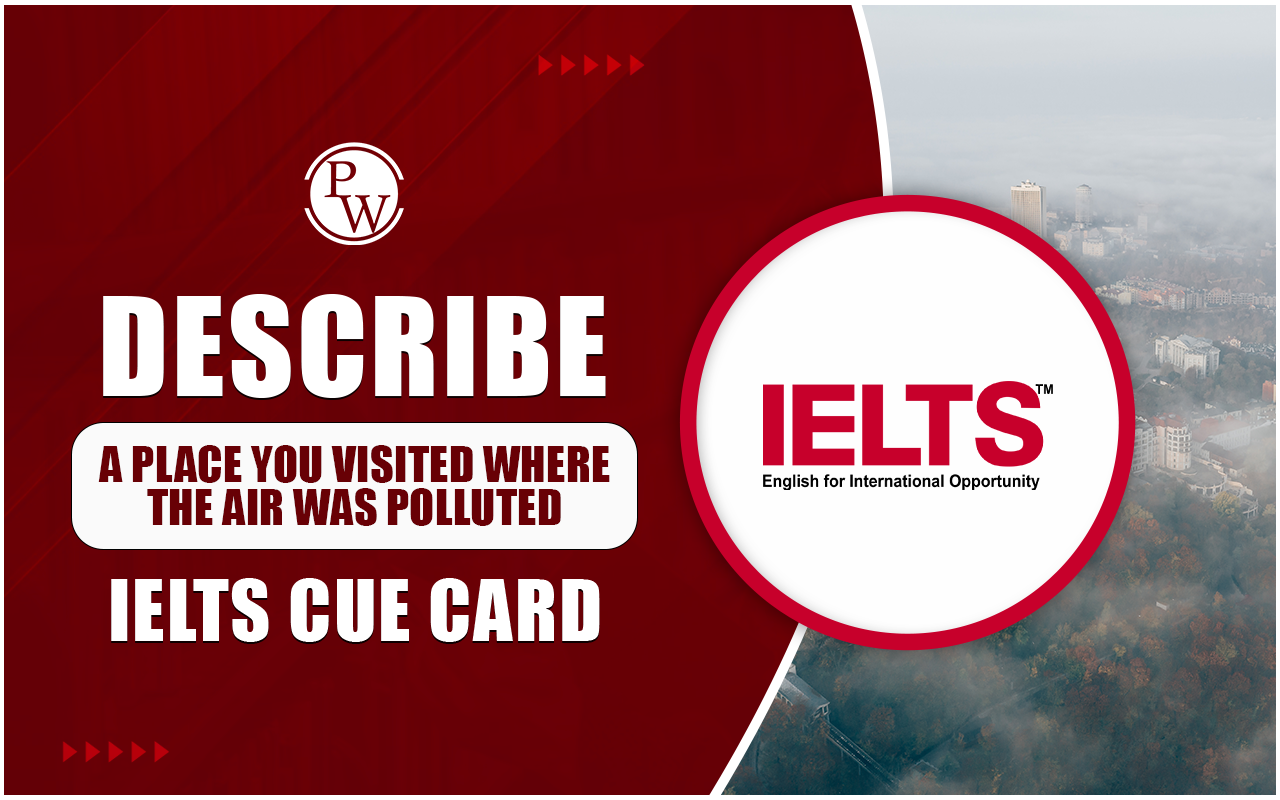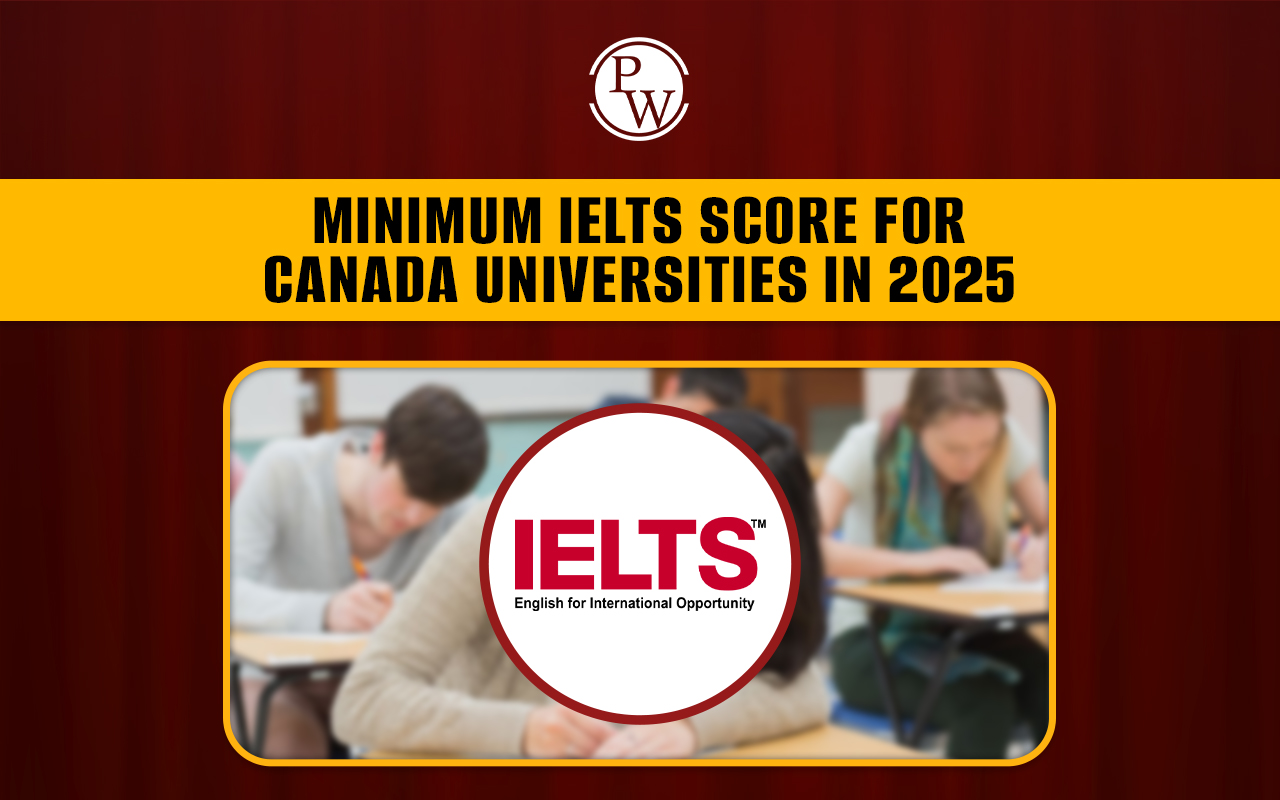
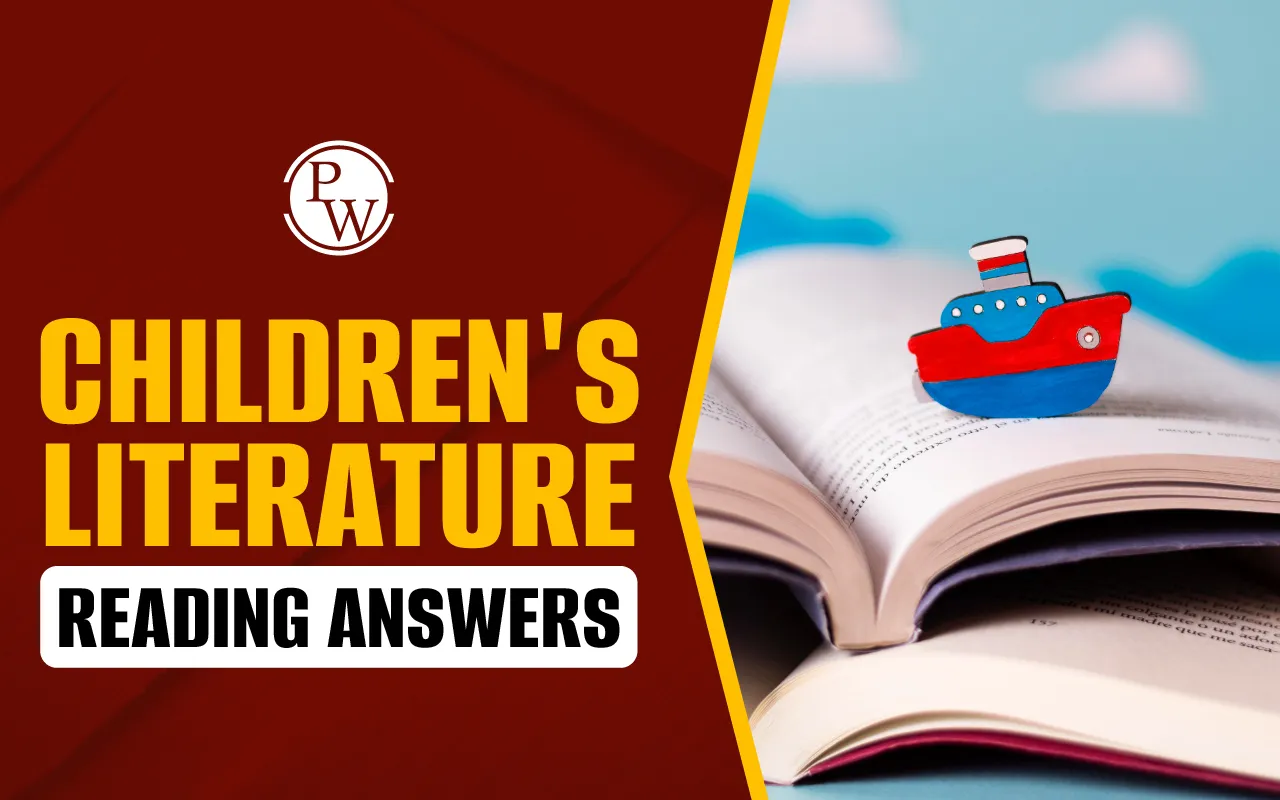
Children's Literature Reading Answers: “Children's Literature” covers a total of 13 questions based on the passage, divided into two key question types: IELTS Reading Sentence Completion and IELTS Reading Matching Information. To support candidates in achieving a high band score in the IELTS Reading section, we have provided well-explained answers to all questions. This guide will help enhance your understanding of the passage, improve your reading strategies, and boost your overall IELTS Reading performance. Read till the end for a comprehensive breakdown of the Children's Literature Reading Answers topic.
Children's Literature Reading Answers Passage
You should spend about 20 minutes on Questions 1-13, based on the reading passage.
Children's Literature Passage
- Stories and poems aimed at children have an exceedingly long history: lullabies, for example, were sung in Roman times, and a few nursery games and rhymes are almost as ancient. Yet so far as written-down literature is concerned, while there were stories in print before 1700 that children often seized on when they had the chance, such as translations of Aesop’s fables, fairy-stories and popular ballads and romances, these were not aimed at young people in particular. Since the only genuinely child-oriented literature at this time would have been a few instructional works to help with reading and general knowledge, plus the odd Puritanical tract as an aid to morality, the only course for keen child readers was to read adult literature. This still occurs today, especially with adult thrillers or romances that include more exciting, graphic detail than is normally found in the literature for younger readers.
- By the middle of the 18th century there were enough eager child readers, and enough parents glad to cater to this interest, for publishers to specialize in children’s books whose first aim was pleasure rather than education or morality. In Britain, a London merchant named Thomas Boreham produced Cajanus, The Swedish Giant in 1742, while the more famous John Newbery published A Little Pretty Pocket Book in 1744. Its contents - rhymes, stories, children’s games plus a free gift (‘A ball and a pincushion’)——in many ways anticipated the similar lucky-dip contents of children’s annuals this century. It is a tribute to Newbery’s flair that he hit upon a winning formula quite so quickly, to be pirated almost immediately in America.
- Such pleasing levity was not to last. Influenced by Rousseau, whose Emile(1762) decreed that all books for children save Robinson Crusoe were a dangerous diversion, contemporary critics saw to it that children’s literature should be instructive and uplifting. Prominent among such voices was Mrs. Sarah Trimmer, whose magazine The Guardian of Education (1802) carried the first regular reviews of children’s books. It was she who condemned fairy-tales for their violence and general absurdity; her own stories, Fabulous Histories (1786) described talking animals who were always models of sense and decorum.
- So the moral story for children was always threatened from within, given the way children have of drawing out entertainment from the sternest moralist. But the greatest blow to the improving children’s book was to come from an unlikely source indeed: early 19th century interest in folklore. Both nursery rhymes, selected by James Orchard Halliwell for a folklore society in 1842, and collection of fairy-stories by the scholarly Grimm brothers, swiftly translated into English in 1823,soon rocket to popularity with the young, quickly leading to new editions, each one more child-centered than the last. From now on younger children could expect stories written for their particular interest and with the needs of their own limited experience of life kept well to the fore.
What eventually determined the reading of older children was often not the availability of special children’s literature as such but access to books that contained characters, such as young people or animals, with whom they could more easily empathize, or action, such as exploring or fighting, that made few demands on adult maturity or understanding. - The final apotheosis of literary childhood as something to be protected from unpleasant reality came with the arrival in the late 1930s of child-centered best-sellers intend on entertainment at its most escapist. In Britain novelist such as Enid Blyton and Richmal Crompton described children who were always free to have the most unlikelyadventures, secure in the knowledge that nothing bad could ever happen to them in the end. The fact that war broke out again during her books’ greatest popularity fails to register at all in the self-enclosed world inhabited by Enid Blyton’s young characters. Reaction against such dream-worlds was inevitable after World War II, coinciding with the growth of paperback sales, children’s libraries and a new spirit of moral and social concern. Urged on by committed publishers and progressive librarians, writers slowly began to explore new areas of interest while also shifting the settings of their plots from the middle-class world to which their chiefly adult patrons had always previously belonged.
- Critical emphasis, during this development, has been divided. For some the most important task was to rid children’s books of the social prejudice and exclusiveness no longer found acceptable. Others concentrated more on the positive achievements of contemporary children’s literature.That writers of these works are now often recommended to the attentions of adult as well as child readers echoes the 19th-century belief that children’s literature can be shared by the generations, rather than being a defensive barrier between childhood and the necessary growth towards adult understanding.
| IELTS Exam Important Links | |
|---|---|
| IELTS Reading Band Score | IELTS Listening Band Score |
| IELTS Speaking Band Score | IELTS Writing Band Score |
Children's Literature Reading Answers Sample Questions
Complete the sentences below (Questions 1-7)
Write NO MORE THAN TWO WORDS from the text for each answer.
-
Before ______, written literature was not specifically intended for ______.
-
Early children's books were mainly focused on ______ and ______ rather than entertainment.
-
In ______, John Newbery published A Little Pretty Pocket Book, which included stories, rhymes, and ______.
-
Influenced by ______, critics believed children's literature should be ______ rather than entertaining.
-
______ was among those who opposed fairy-tales, calling them violent and absurd.
-
The popularity of ______ fairy tales led to books that were more ______.
-
After ______, children’s literature began to shift towards ______ and diverse settings.
Matching Information (Questions 8-13)
Write the correct A-F letter on your answer sheet.
-
The rise of literature that was purely for children’s enjoyment.
-
The role of folklore in shaping children’s literature.
-
The impact of World War II on children's literature.
-
How some early children’s books aimed to teach moral lessons.
-
The influence of adult literature on children’s reading choices.
-
Changes in children's literature to remove social biases.
Children's Literature Reading Answers with Explanations
Complete the sentences below (Questions 1-7) Answers
|
Q |
Answer |
Answer Location |
Explanation |
|---|---|---|---|
|
1 |
1700 |
Paragraph 1: "Yet so far as written-down literature is concerned, while there were stories in print before 1700 that children often seized on when they had the chance... these were not aimed at young people in particular." |
Before 1700, literature was not specifically intended for children. |
|
2 |
education, morality |
Paragraph 1: "Since the only genuinely child-oriented literature at this time would have been a few instructional works to help with reading and general knowledge, plus the odd Puritanical tract as an aid to morality..." |
Early children's books were mainly focused on education and morality rather than entertainment. |
|
3 |
1744, a free gift |
Paragraph 2: "John Newbery published A Little Pretty Pocket Book in 1744. Its contents—rhymes, stories, children’s games plus a free gift (‘A ball and a pincushion’)—in many ways anticipated the similar lucky-dip contents of children’s annuals this century." |
The book was published in 1744 and included a free gift. |
|
4 |
Rousseau, instructive |
Paragraph 3: "Influenced by Rousseau, whose Emile (1762) decreed that all books for children save Robinson Crusoe were a dangerous diversion, contemporary critics saw to it that children’s literature should be instructive and uplifting." |
Rousseau’s views led to a focus on instructive literature. |
|
5 |
Sarah Trimmer |
Paragraph 3: "Prominent among such voices was Mrs. Sarah Trimmer, whose magazine The Guardian of Education (1802) carried the first regular reviews of children’s books. It was she who condemned fairy-tales for their violence and general absurdity." |
Sarah Trimmer opposed fairy tales. |
|
6 |
Grimm Brothers, child-centered |
Paragraph 4: "Both nursery rhymes, selected by James Orchard Halliwell for a folklore society in 1842, and collection of fairy-stories by the scholarly Grimm brothers, swiftly translated into English in 1823, soon rocket to popularity with the young, quickly leading to new editions, each one more child-centered than the last." |
The Grimm Brothers' fairy tales became more child-centered. |
|
7 |
World War II, social concern |
Paragraph 6: "Reaction against such dream-worlds was inevitable after World War II, coinciding with the growth of paperback sales, children’s libraries, and a new spirit of moral and social concern." |
After World War II, children’s literature began shifting toward social concerns. |
Matching Information (Questions 8-13) Answers
|
Q |
Answer |
Answer Location |
Explanation |
|---|---|---|---|
|
8 |
B |
Paragraph 2: "By the middle of the 18th century there were enough eager child readers, and enough parents glad to cater to this interest, for publishers to specialize in children’s books whose first aim was pleasure rather than education or morality." |
This describes the emergence of books written for children's enjoyment. |
|
9 |
D |
Paragraph 4: "Both nursery rhymes, selected by James Orchard Halliwell... and collection of fairy-stories by the scholarly Grimm brothers... soon rocket to popularity with the young." |
The influence of folklore on children's literature is discussed here. |
|
10 |
F |
Paragraph 6: "Reaction against such dream-worlds was inevitable after World War II, coinciding with the growth of paperback sales, children’s libraries, and a new spirit of moral and social concern." |
It explains how literature changed after WWII. |
|
11 |
C |
Paragraph 3: "So the moral story for children was always threatened from within... But the greatest blow to the improving children’s book was to come from an unlikely source indeed: early 19th century interest in folklore." |
It discusses how moral stories were intended for children. |
|
12 |
E |
Paragraph 5: "What eventually determined the reading of older children was often not the availability of special children’s literature as such but access to books that contained characters, such as young people or animals, with whom they could more easily empathize." |
This shows how adult literature influenced children's reading. |
|
13 |
F |
Paragraph 7: "For some the most important task was to rid children’s books of the social prejudice and exclusiveness no longer found acceptable." |
It discusses how children's literature evolved to remove social bias. |
Also Read:
- Should You Use All Capital Letters in the IELTS Listening and Reading Tests
- IELTS Reading Mistakes
- How to Improve IELTS Reading Score
- How to Manage Time in IELTS Reading
Guidance of PW IELTS
Physics Wallah offers multiple online IELTS courses for all students. Follow the IELTS pages to better prepare for the exam.
| What is IELTS Exam? | Documents Required for IELTS Registration |
| IELTS exam eligibility requirements | IELTS Exam Fees |
| IELTS test results | IELTS Exam Pattern |
Children's Literature Reading Answers FAQs
What is the main focus of the Children's Literature passage?
What role did John Newbery play in children's literature?
How did Rousseau influence children's literature?
Why did fairy tales become popular among children in the 19th century?
How did World War II impact children's literature?

